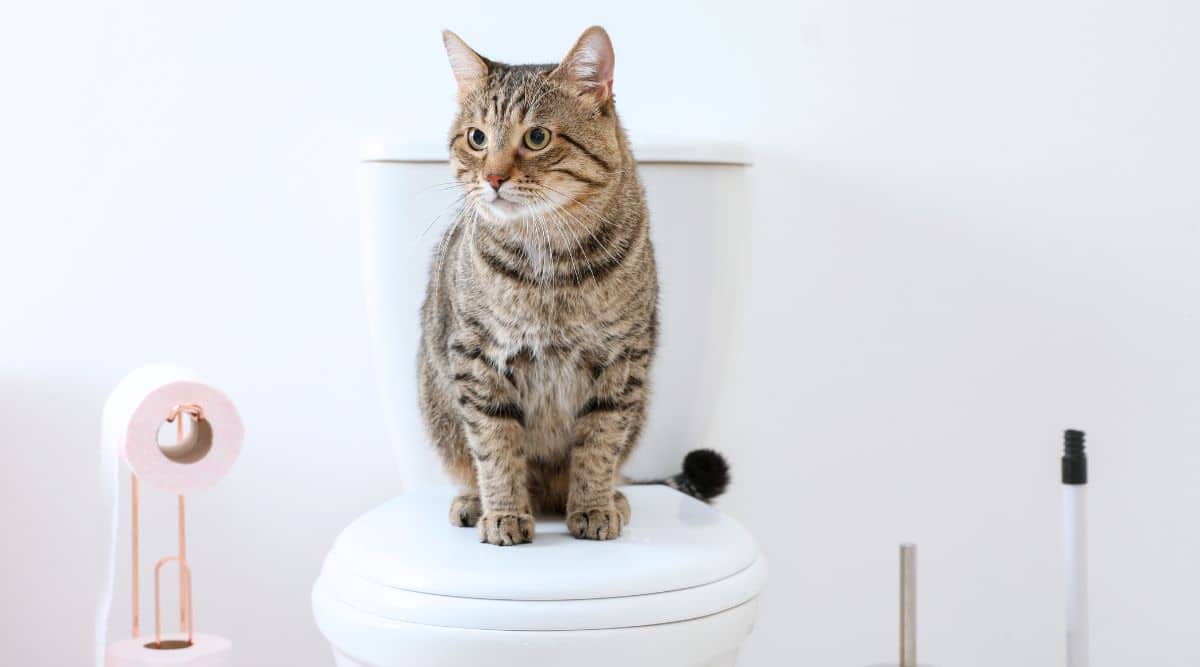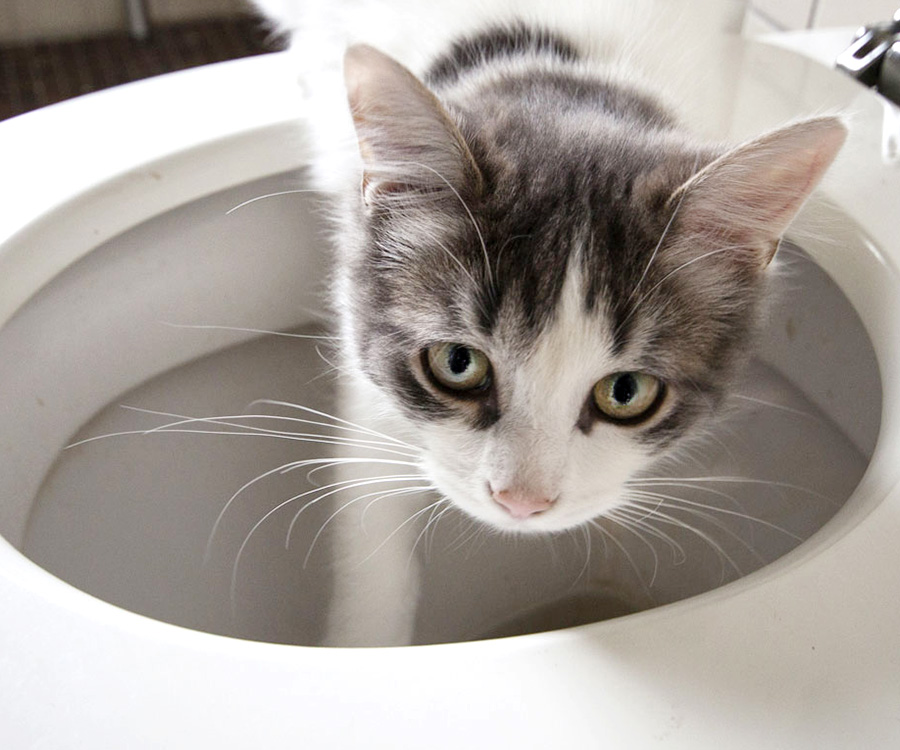Which You Should Avoid Flushing Animal Waste Down the Toilet
Which You Should Avoid Flushing Animal Waste Down the Toilet
Blog Article
Do you find yourself trying to locate guidance about Why you should never flush dog poop down the toilet?

When it comes to throwing away waste, especially animal waste, lots of people commonly consider the practical option of flushing it down the bathroom. Nevertheless, this seemingly simple service can have serious repercussions for the setting and public health. In this article, we'll explore why flushing animal waste down the bathroom is a poor idea and offer different techniques for correct disposal.
Intro
Appropriate waste disposal is vital for preserving environmental sustainability and public health. While it may seem harmless to purge animal waste down the commode, it can bring about numerous concerns, both for the atmosphere and human well-being.
Threats of flushing animal waste
Ecological effect
Purging animal waste presents hazardous bacteria and pathogens right into rivers, which can negatively affect marine ecosystems. These microorganisms can pollute water resources and damage aquatic life, disrupting delicate environments.
Public health concerns
Pet waste consists of damaging bacteria such as E. coli and Salmonella, which can pose major health threats to human beings. Purging pet waste down the commode can contaminate water products, leading to the spread of illness and infections.
Alternatives to flushing
Instead of flushing animal waste down the toilet, there are a number of alternate disposal methods that are much more eco-friendly and sanitary.
Composting
Composting pet waste is an environmentally friendly way to throw away it. By composting, raw material is broken down into nutrient-rich soil, which can be made use of to fertilize yards and plants.
Land fill disposal
Disposing of pet waste in a garbage dump is another alternative. While not as eco-friendly as composting, it is a safer choice to flushing, as it avoids the contamination of water resources.
Pet garbage disposal systems
There are specialized family pet waste disposal systems offered that safely and hygienically throw away animal waste. These systems commonly use enzymes to break down waste and get rid of smells.
Actions to proper animal garbage disposal
To ensure appropriate disposal of animal waste, adhere to these actions:
Scooping and bagging waste
On a regular basis scoop and bag pet waste making use of naturally degradable bags. This protects against waste from infecting the environment.
Using assigned waste bins
Dispose of bagged animal waste in designated waste bins, such as garden compost containers or land fill bins. Stay clear of flushing it down the commode in all expenses.
Cleaning up litter boxes and pet locations consistently
Consistently clean can and family pet areas to prevent the build-up of waste and microorganisms. Use pet-safe cleansing products to maintain health.
Benefits of proper disposal approaches
Adopting correct disposal approaches for pet waste supplies a number of advantages:
Reduced environmental pollution
Correct disposal methods decrease the threat of environmental pollution, safeguarding rivers and communities from contamination
Decreased danger of water contamination.
By staying get more info clear of flushing animal waste down the commode, the threat of water contamination is significantly minimized, safeguarding public health.
Improved sanitation and health
Correct disposal methods promote better sanitation and health, developing a much safer setting for both humans and animals.
Final thought
To conclude, flushing animal waste down the toilet is harmful to the setting and public health. By embracing alternative disposal techniques and complying with appropriate waste administration methods, we can lessen the unfavorable influence of pet waste and add to a cleaner, much healthier earth.
What To Do With Dog Poo – The Do's And Don'ts Of Disposing Of Faeces
Dog poo bins
Some councils provide dedicated dog waste bins in popular dog-walking areas that can take dog poo that has been bagged but you can legally dispose of dog waste in any public litter bin, as long as it is securely bagged. This also applies to your wheelie bin at home.
Do not flush
Water companies do not recommend flushing dog faeces down the toilet because certain parasites can survive the water processing treatment and are potentially harmful to humans. You should also never consider flushing dog poo that has been bagged down the toilet as the bags will not break down and instead create severe blockages in the sewage system.
In the woods
The Forestry Commission promotes a ‘stick and flick’ method for dealing with waste in the woods. This means finding a stick and using it to flick any poo from off the path so that it is out of the way of other walkers. You could also bury it as long as it is not in an area where there might be livestock.
Livestock
Parasites found in dog poo can be transmitted to livestock if they inadvertently eat infected faeces that has been left on grazing land. This could result in the death of sheep or abortion in cattle so you should always make sure you pick up your dog’s waste in fields where livestock could be present.

Consistently clean can and family pet areas to prevent the build-up of waste and microorganisms. Use pet-safe cleansing products to maintain health.
Benefits of proper disposal approaches
Adopting correct disposal approaches for pet waste supplies a number of advantages:
Reduced environmental pollution
Correct disposal methods decrease the threat of environmental pollution, safeguarding rivers and communities from contamination
Decreased danger of water contamination.
By staying get more info clear of flushing animal waste down the commode, the threat of water contamination is significantly minimized, safeguarding public health.
Improved sanitation and health
Correct disposal methods promote better sanitation and health, developing a much safer setting for both humans and animals.
Final thought
To conclude, flushing animal waste down the toilet is harmful to the setting and public health. By embracing alternative disposal techniques and complying with appropriate waste administration methods, we can lessen the unfavorable influence of pet waste and add to a cleaner, much healthier earth.
What To Do With Dog Poo – The Do's And Don'ts Of Disposing Of Faeces
Dog poo bins
Some councils provide dedicated dog waste bins in popular dog-walking areas that can take dog poo that has been bagged but you can legally dispose of dog waste in any public litter bin, as long as it is securely bagged. This also applies to your wheelie bin at home.
Do not flush
Water companies do not recommend flushing dog faeces down the toilet because certain parasites can survive the water processing treatment and are potentially harmful to humans. You should also never consider flushing dog poo that has been bagged down the toilet as the bags will not break down and instead create severe blockages in the sewage system.
In the woods
The Forestry Commission promotes a ‘stick and flick’ method for dealing with waste in the woods. This means finding a stick and using it to flick any poo from off the path so that it is out of the way of other walkers. You could also bury it as long as it is not in an area where there might be livestock.
Livestock
Parasites found in dog poo can be transmitted to livestock if they inadvertently eat infected faeces that has been left on grazing land. This could result in the death of sheep or abortion in cattle so you should always make sure you pick up your dog’s waste in fields where livestock could be present.

As a fervent person who reads on , I think sharing that excerpt was a good thing. Are you aware of someone else who is serious about the subject? Why not promote it. Many thanks for taking the time to read it.
Call Today Report this page